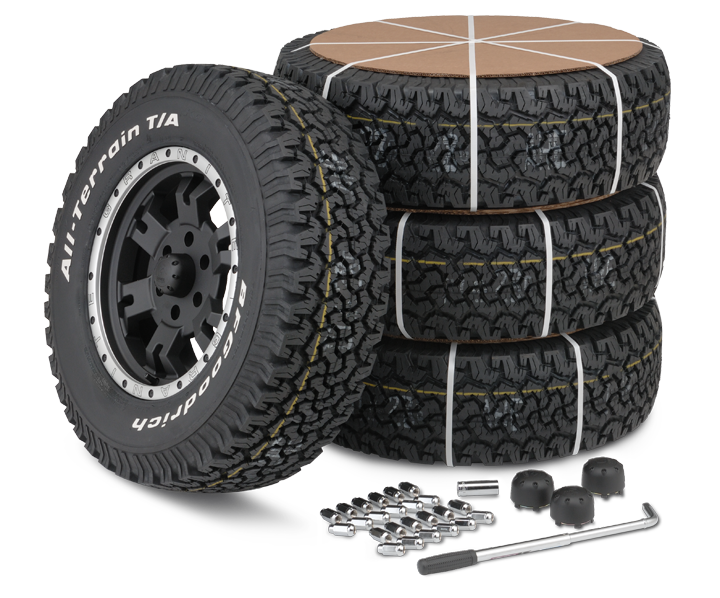Tire Service: Recognizing Tire Pressure Surveillance Systems
Comprehending Tire Stress Monitoring Equipments (TPMS) is an important element of preserving optimum car efficiency and safety on the roadway. With innovations in automotive technology, TPMS has become a standard function in modern-day vehicles, supplying real-time information on tire pressure levels.

Relevance of TPMS
The significance of Tire Stress Tracking Systems (TPMS) exists in their ability to improve car safety and security and efficiency via real-time tracking of tire stress levels. Keeping the correct tire pressure is vital for ensuring ideal handling, braking, and general safety and security of a lorry. TPMS gives chauffeurs with prompt feedback on any underinflated or overinflated tires, permitting prompt changes to be made.
Parts of TPMS
Comprising various necessary components, a Tire Stress Tracking System (TPMS) operates as a sophisticated safety and security feature in modern lorries. The main parts of a TPMS consist of sensors, a control module, and a caution indicator. Sensors are commonly located in the tire shutoff stem or affixed to the wheel assembly, where they gauge tire stress and transfer information to the control component. If it spots significantly low stress in any of the tires, the control module procedures this details and sets off a caution. The caution indication, typically a symbol on the dashboard, informs the vehicle driver to inspect the damaged tire or tires. Some progressed TPMS versions also present the actual tire pressure readings for every tire, providing motorists with real-time information to make sure ideal tire efficiency and safety. By keeping an eye on tire stress constantly, TPMS assists stop accidents, lowers tire wear, and enhances fuel efficiency, making it a vital part for car security and performance.
Kinds Of TPMS

On the various other hand, indirect TPMS depends on the vehicle's wheel speed sensing units to keep track of tire pressure. This system finds underinflation by contrasting the that site rotational speeds of the wheels. Indirect TPMS is less costly than direct TPMS, as it uses existing sensing units within the vehicle.
While direct TPMS uses much more accurate analyses, indirect TPMS is less complex in style and typically requires much less maintenance. Both systems have their restrictions and advantages, and the selection in between them commonly relies on factors such as price, lorry make, and individual preference. Comprehending the differences between these 2 kinds of TPMS can help lorry owners make educated decisions regarding tire maintenance and security.
TPMS Upkeep Tips
Conduct routine checks on the tire pressure degrees and contrast them with the TPMS readings to ensure they are constant. Throughout tire turning or replacement, make certain that the TPMS components are taken care of very carefully to protect against any type of possible damage. If the TPMS advising light illuminates on the control panel, attend to the top article concern promptly by examining the tire pressures and the general system for any type of mistakes.
Benefits of Proper Tire Stress
Preserving correct tire stress, as emphasized in TPMS Maintenance Tips, is critical for enjoying the various benefits related to optimal tire stress page levels. Among the main advantages of preserving the appropriate tire pressure is boosted fuel performance. When tires are appropriately inflated, there is much less moving resistance, leading to much better gas economic situation. In addition, appropriate tire stress guarantees also tire wear, extending the lifespan of the tires and advertising safer driving problems. With the appropriate tire pressure, automobiles additionally have better handling and grip, especially in unfavorable climate condition. This can boost overall driving performance and security for the vehicle driver and guests. Keeping optimal tire stress can add to a smoother and extra comfortable adventure by reducing vibrations and noise caused by underinflated tires. In final thought, the benefits of appropriate tire pressure surpass simply tire long life; they incorporate improved fuel performance, enhanced safety, much better lorry efficiency, and total driving convenience.
Verdict
Finally, recognizing tire pressure monitoring systems (TPMS) is critical for keeping ideal tire stress and making certain vehicle safety and security. By identifying the significance of TPMS, recognizing with its elements, understanding the different types available, adhering to appropriate upkeep suggestions, and realizing the benefits of keeping appropriate tire pressure, drivers can improve their driving experience and prolong the life expectancy of their tires. Proper tire stress is essential to safe and effective lorry operation.

 Hallie Eisenberg Then & Now!
Hallie Eisenberg Then & Now! Mason Gamble Then & Now!
Mason Gamble Then & Now! Soleil Moon Frye Then & Now!
Soleil Moon Frye Then & Now! Kane Then & Now!
Kane Then & Now! Jaclyn Smith Then & Now!
Jaclyn Smith Then & Now!